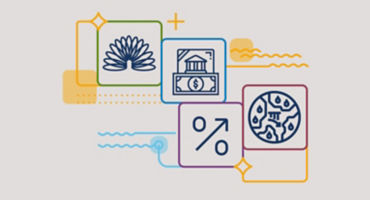In summary, the market’s assumption of cyclical convergence could be challenged.
Global activity indicators for developed markets suggest near-term resilience but we expect signs of divergence to emerge, with the US no longer setting the pace. Following the global financial crisis, monetary authorities across several countries effectively mimicked the Fed and, to a lesser extent, the ECB, even though the source of their problems was different. As a result, those countries — typically small, open economies — ended up with higher inflation relative to the US and the euro area. In a low global inflation world, these price pressures pushed up housing costs and household leverage. These adverse effects of monetary policy convergence mattered less on a global level, as these were small economies.
As long as the US banking crisis doesn’t morph into a global banking problem, other countries quickly following the Fed’s response to the current problem will once again face consequences: to name one, they will be more likely to embed high medium-term inflation. That is why I think something is wrong in the current pricing on a cross-market basis. Either the current symmetrical front-end pricing across markets, which assumes that central banks will automatically follow a potential Fed cut, is wrong or, if it is right and central banks once again take the lead from the Fed’s policy actions, this unwarranted policy convergence could result in higher risk premia in the long end of yield curves in various countries. The current pricing for the long end of their curves is out of kilter given the scale of the implications, with the potential for significant underperformance versus the US across a range of assets. Something has to give.












Trends and transformation distilled: Our 2024 outlook in brief
Our experts explore investment opportunities and risks for the year ahead.
Multiple authors